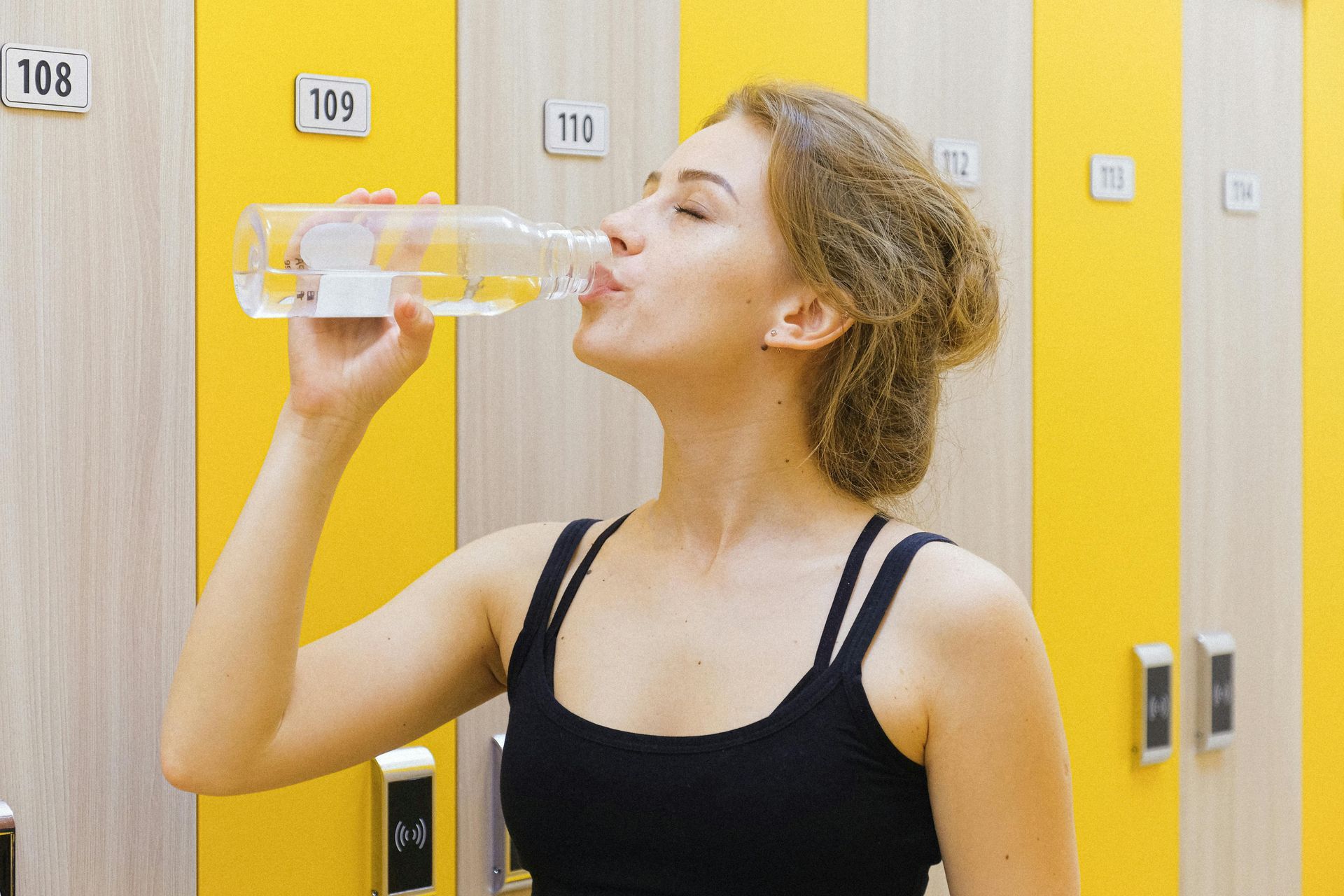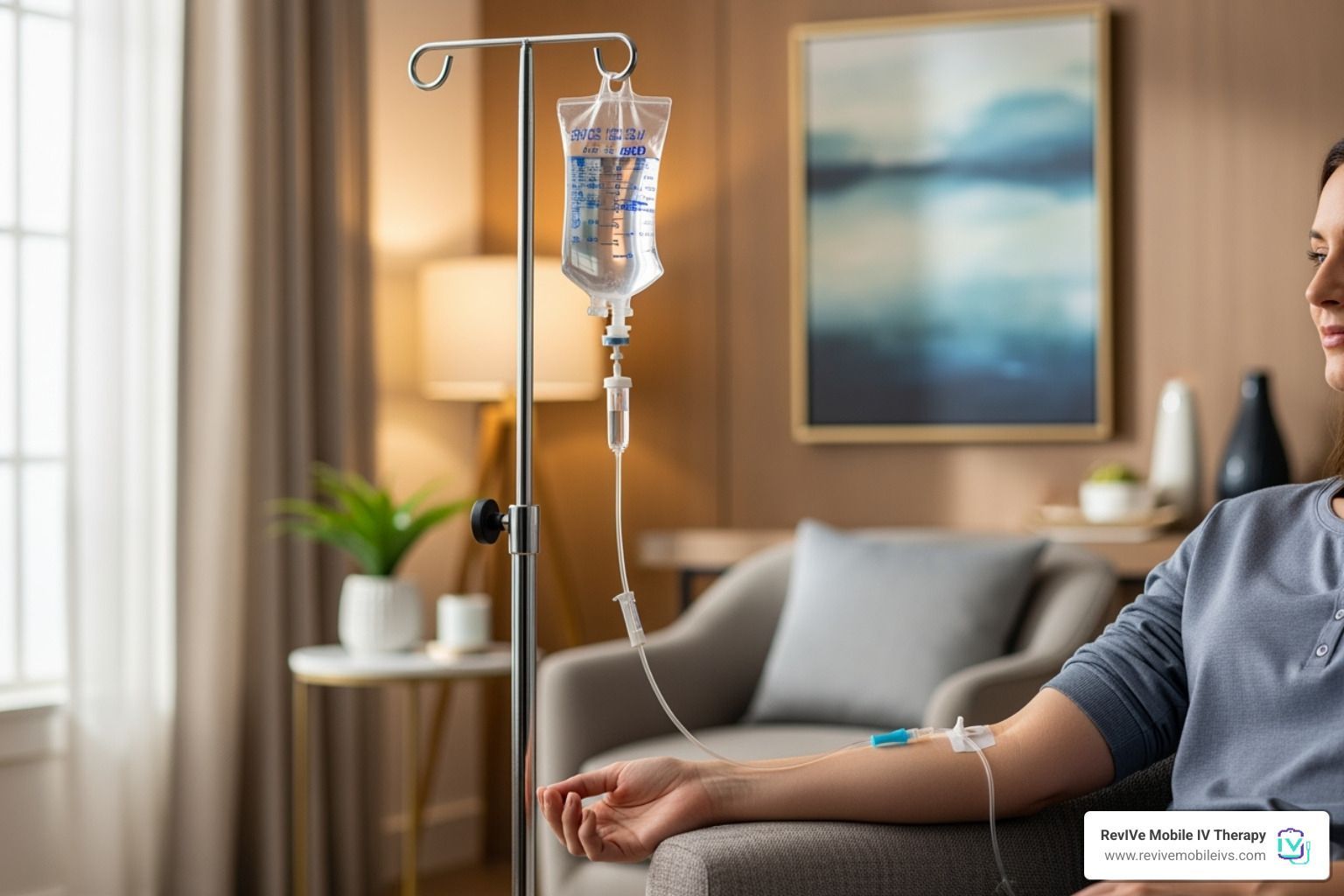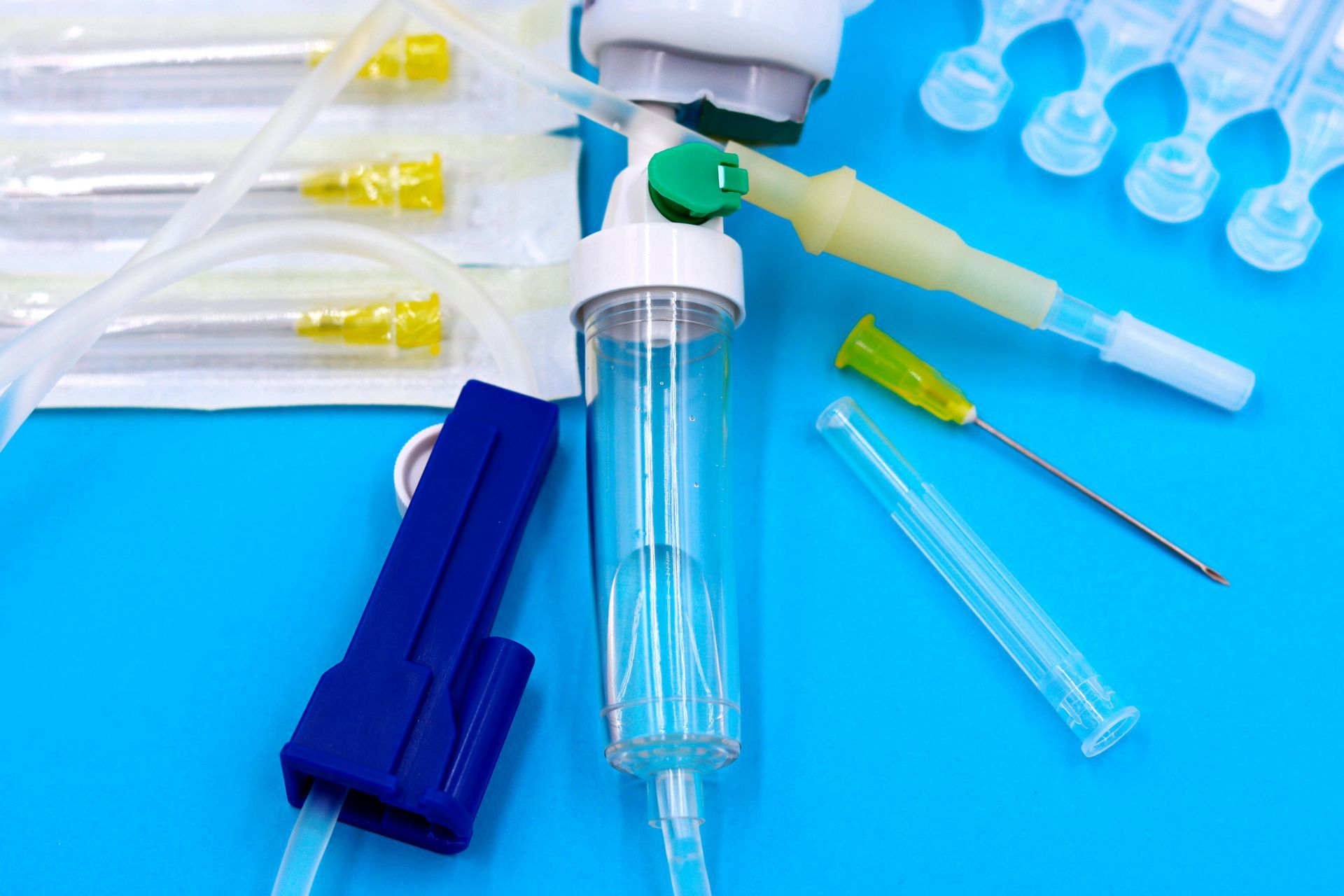What to Drink After Vomiting: Hydration Tips That Work
Vomiting leaves your body weak, dehydrated, and low on essential electrolytes. When this happens, drinking the right fluids is important. The key is to rehydrate gradually and restore what your body has lost: fluids, electrolytes, and nutrients.
Without proper replenishment, dehydration can develop quickly. Common symptoms include:
- Dry mouth or cracked lips
- Fatigue or dizziness
- Rapid heart rate
- Decreased urine output
- Migraine and headaches
Whether you’re recovering from a stomach flu, food poisoning, motion sickness, or heat-related illness, knowing what to drink after vomiting is key. For faster recovery, IV hydration therapy from Revive Mobile IV helps restore fluid and electrolyte balance more efficiently than drinking alone.
Best Drinks to Rehydrate After Vomiting

Here are the most effective options to rehydrate safely and gently after vomiting.
Water—Start Slowly
Clear fluids, especially water, are the safest first step after vomiting. They directly replace lost fluids and prevent dehydration.
Tips for effective hydration with water:
- Start with small sips every 5–10 minutes instead of gulping large amounts.
- Using ice chips or small ice cubes can make hydration easier to tolerate and provide a soothing effect on the stomach.
- Room temperature or slightly cool water is often better tolerated than very cold water.
- Track your fluid intake, aim for 1–2 ounces per sip initially, and increase gradually as your stomach settles.
Oral Rehydration Solutions (ORS)
Oral rehydration solutions are specifically designed to replace lost electrolytes and fluids efficiently. They are especially important during prolonged vomiting or stomach flu episodes. Electrolytes like sodium, potassium, and chloride are critical for your heart, muscles, and nerve function.
How to use ORS effectively:
- Choose commercial solutions like Pedialyte or Hydralyte for convenience and accuracy.
- You can also make a simple homemade ORS with: 1 liter of water, 6 teaspoons of sugar, and ½ teaspoon of salt.
- Drink small amounts frequently—for example, a few teaspoons every 5–10 minutes—to minimize stomach upset.
- Avoid gulping large volumes at once; this can trigger nausea or vomiting again
Electrolyte Drinks and Sports Beverages
Electrolyte beverages restore minerals lost through vomiting, including potassium and sodium, supporting hydration and muscle function. However, many commercial drinks contain high sugar levels that can worsen nausea or cause diarrhea.
Guidelines for safe use:
- Opt for low-sugar or electrolyte-only versions.
- Use these drinks to supplement water or ORS, not as the primary source of hydration.
- Sip slowly and in small amounts, especially in the first few hours after vomiting.
- Avoid drinks with high caffeine content or carbonation, as they can irritate the stomach.
Herbal Teas (Ginger, Peppermint, or Chamomile)
Herbal teas are gentle, soothing, and can help calm nausea while promoting hydration. Each tea has unique benefits:
- Ginger tea: Reduces nausea and supports digestion.
- Peppermint tea: Relaxes stomach muscles and can relieve cramping.
- Chamomile tea: Soothes the stomach and provides mild relaxation.
Best practices:
- Brew lightly, using 1 teaspoon of dried herbs per cup or one tea bag.
- Let the tea cool slightly before sipping to avoid shocking the stomach.
- Take small sips every few minutes, gradually increasing intake as tolerated.
- Avoid adding too much sugar or drinking overly strong teas, which can irritate the stomach.
Coconut Water
Coconut water is a natural source of electrolytes and is gentle on the stomach. It contains potassium, sodium, and magnesium, making it an excellent option to rehydrate without artificial additives. Drink in moderation and combine with water or ORS if dehydration is severe.
Clear Broths
Clear broths are an excellent way to provide fluids, sodium, and nutrients without overloading the stomach. Chicken, vegetable, or bone broth can be sipped slowly and is often better tolerated than solid foods immediately after vomiting. They are helpful when transitioning from fluids to light foods, such as:
- Bland foods like plain potatoes, soft fruits, or lean poultry.
- BRAT diet components: bananas, rice, applesauce, and toast.
Broth-based soups hydrate and supply electrolytes gently while aiding recovery from stomach flu or food poisoning.
What to Avoid After Vomiting
Some drinks slow down recovery or irritate your stomach further. Avoid the following until you’re fully rehydrated:
- Caffeinated drinks–Coffee, tea, energy drinks, or soda can further dehydrate you and irritate the stomach lining.
- Alcohol–Alcohol is highly dehydrating and can delay stomach recovery.
- Acidic juices–Orange, grapefruit, tomato, or pineapple juice can worsen nausea and irritate the stomach.
- Carbonated beverages–Soda, sparkling water, or fizzy drinks can cause bloating, gas, and discomfort.
- Sugary drinks–High sugar content in sodas or sweetened juices can draw water into the intestines, sometimes causing diarrhea.
- Milk or dairy-heavy drinks–Some people develop temporary lactose intolerance after vomiting, and dairy can worsen nausea or cause bloating.
- Very cold or very hot beverages–Extreme temperatures may shock the stomach and trigger vomiting again.
IV Hydration for Rapid Recovery

For severe or persistent dehydration after vomiting, IV hydration provides rapid relief and restores electrolytes efficiently. Unlike drinking fluids, intravenous therapy delivers fluids directly into the bloodstream, bypassing the stomach and digestive system. This makes it especially helpful if nausea prevents adequate oral intake.
Benefits of IV hydration after vomiting:
- Fast fluid replacement–Quickly restores hydration levels in minutes rather than hours.
- Electrolyte balance–Provides essential minerals like sodium, potassium, and magnesium, which are often depleted during vomiting.
- Gentle on the stomach–Since fluids don’t pass through the digestive tract, there’s no risk of triggering more nausea.
- Energy and recovery boost–Rehydration helps relieve dizziness, fatigue, and weakness, speeding up overall recovery.
At Revive Mobile IVs, our healthcare professionals administer IV therapy safely at home or in a clinical setting. This approach is especially helpful for:
- Persistent vomiting or dehydration from viral infections or bacterial infections
- Inability to tolerate oral fluids
- Quick recovery before returning to daily activities
Even after IV therapy, continue sipping water or electrolyte solutions as tolerated to maintain hydration.
When to Seek Medical Attention
Most cases of vomiting improve with rest and gentle hydration. Consult a healthcare professional if vomiting is severe or persistent, or if any red-flag symptoms appear:
- Very little urine, extreme thirst, dizziness, or confusion (severe dehydration)
- Vomiting lasting more than 24 hours (stomach flu, food poisoning, or motion sickness)
- Vomit with blood or unusual color (you might be vomiting bile)
- High fever, severe abdominal pain, or signs of infection (bacterial infections, viral infections)
In cases of severe dehydration or repeated vomiting, medically supervised IV hydration restores fluids and electrolytes safely and quickly. IV therapy provides relief when oral hydration alone isn’t enough, supporting faster recovery and preventing complications.
Don’t wait if symptoms are worsening. Early intervention ensures safe rehydration and prevents complications, especially for people with underlying conditions like peptic ulcers, inflammatory bowel disease, or food allergies.










